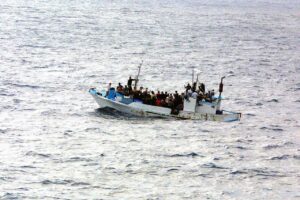Journalism on Forced Migration in Latin America
Recommendations from Experts and International Journalism Guides from a Qualitative Study
Wars, insurgent groups, dictatorships, and economic crises are the main reasons for forced migration. Displaced persons, asylum seekers, and refugees often face public stigmatization, as they are treated by the media as a social problem and, in many cases, seen as economic and social threats. This article presents the results of in-depth interviews with expert journalists and researchers from different Latin American countries on the phenomenon of forced migration and its journalistic coverage. Their recommendations are complemented by Qualitative Document Analysis (QDA) of international guides on migration journalism. The findings highlight the need for training and awareness-raising in critical skills and social analysis for journalists to understand the complexity of human mobility and approach it from a human rights perspective, as well as to project the positive contributions of migrants to the host society. Findings suggest the need to avoid disseminating and magnifying hate speech, which may be used to justify discrimination and violence against migrants. This highlights the fact that migration issues must be dealt with under slow journalism schemes, with an emphasis on research, thus avoiding falling into xenophobic discourse due to the very immediacy that the digital ecosystem demands.
Lotero-Echeverri, G., & Romero-Rodríguez, L. M. (2023). Journalism on Forced Migration in Latin America: Recommendations from Experts and International Journalism Guides from a Qualitative Study. The Qualitative Report, 28(5), 1473-1495. https://doi.org/10.46743/2160-3715/2023.6061


